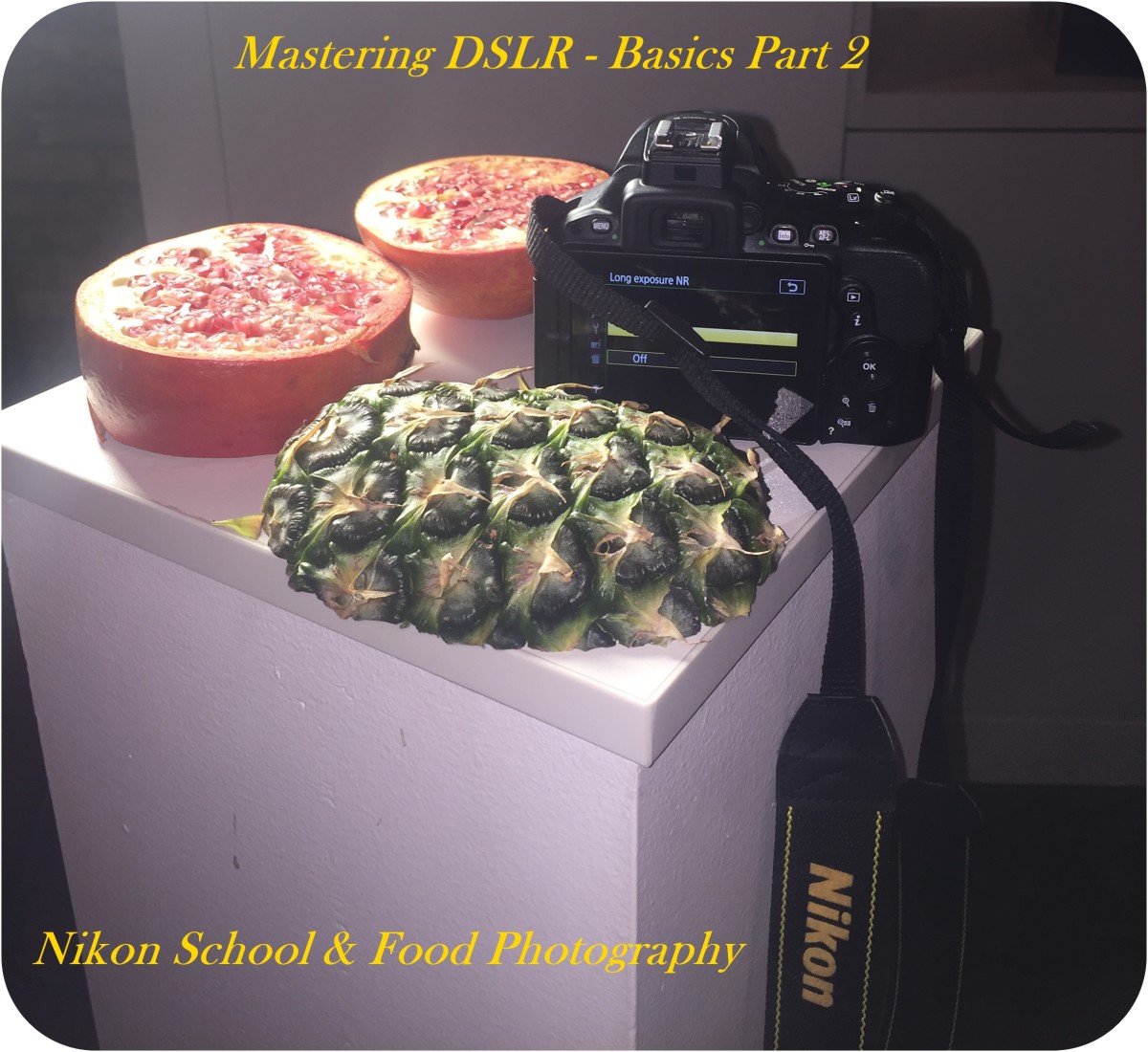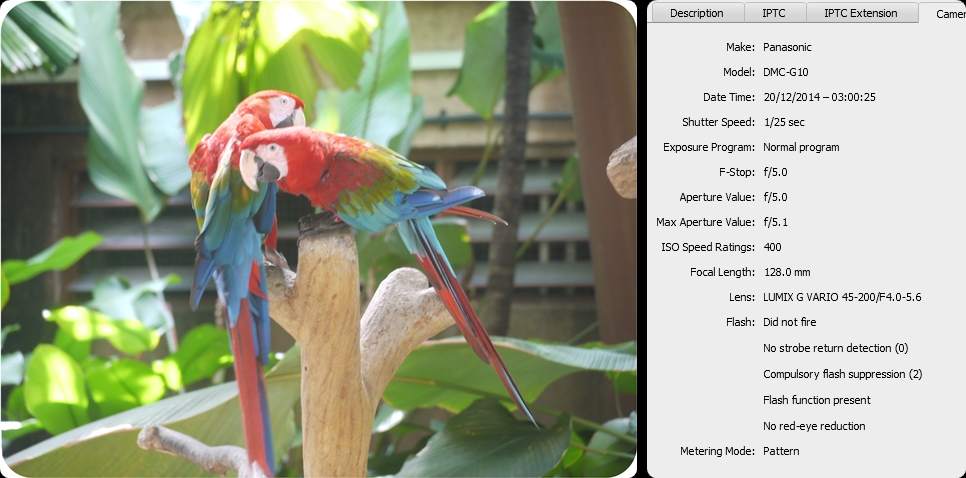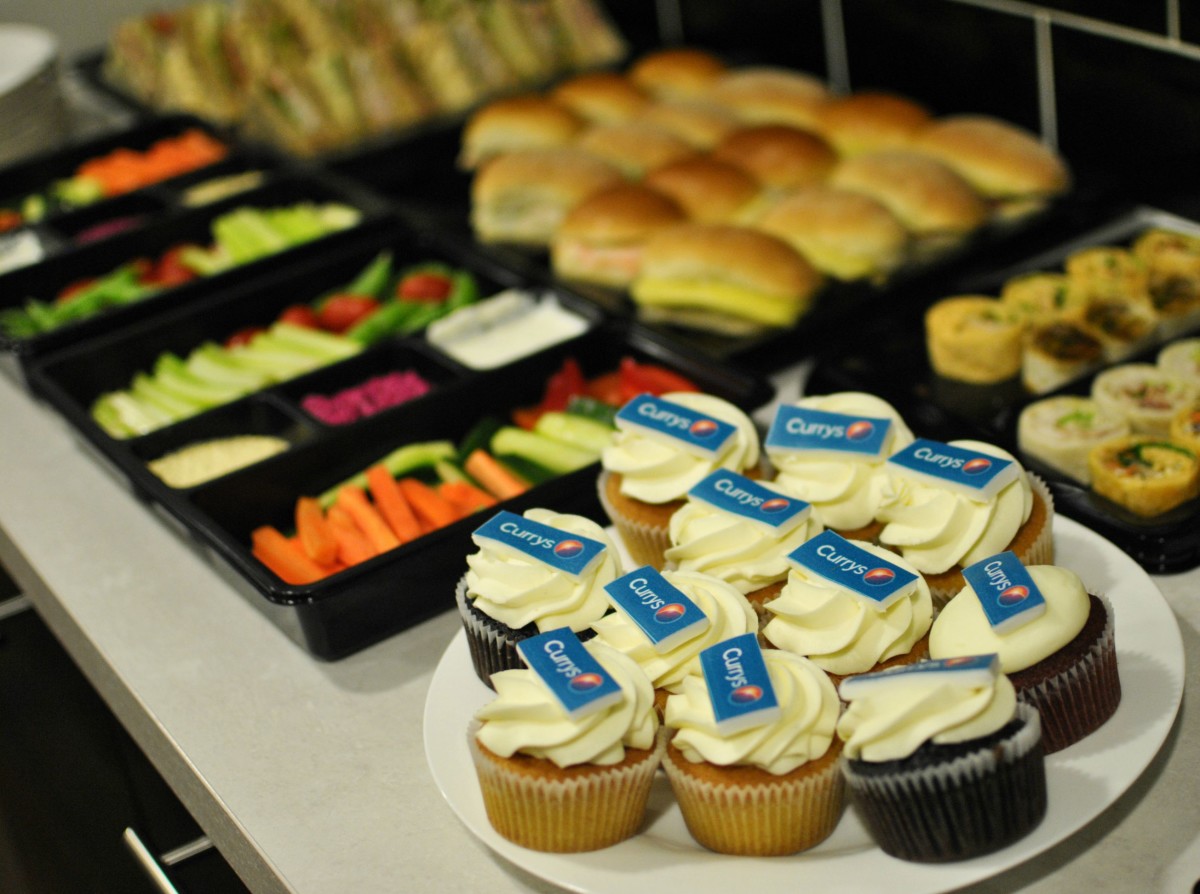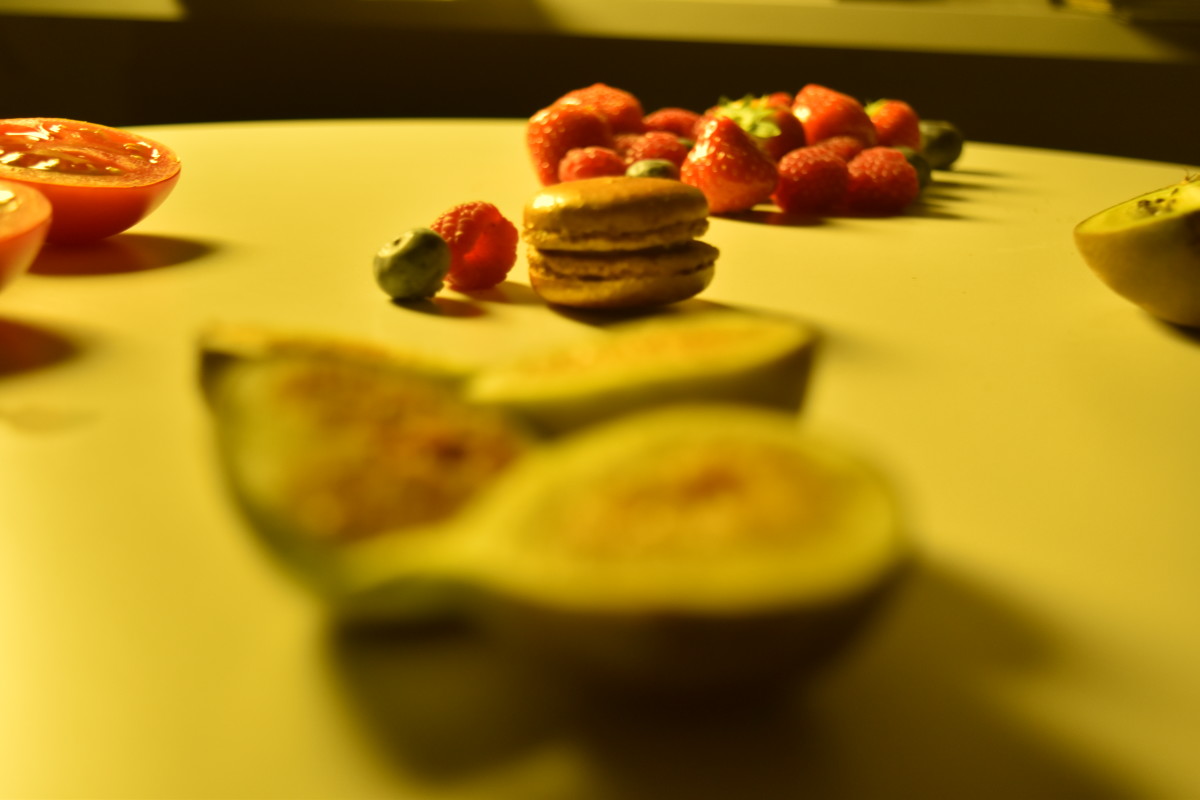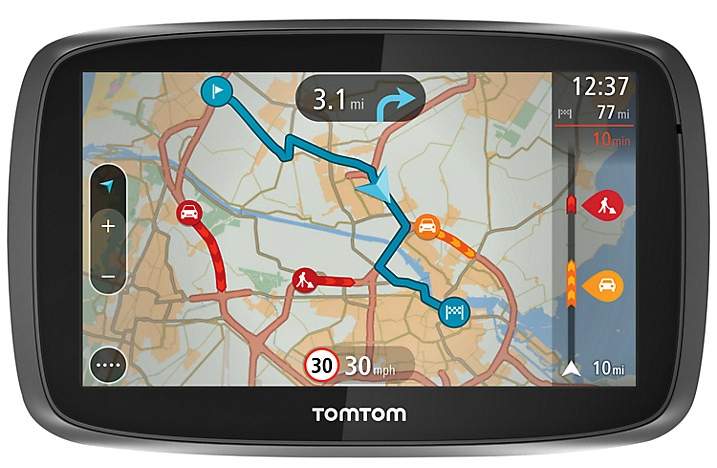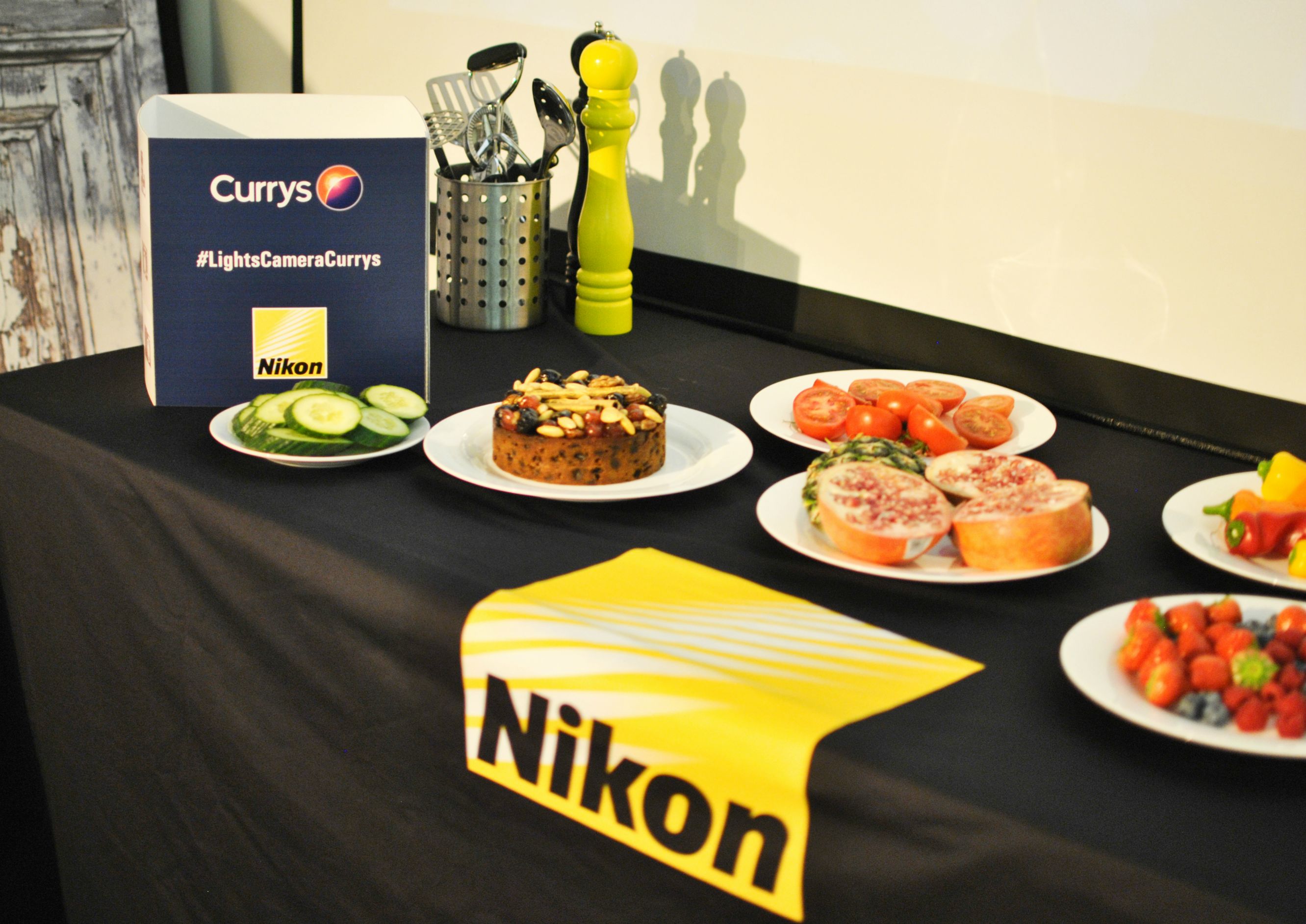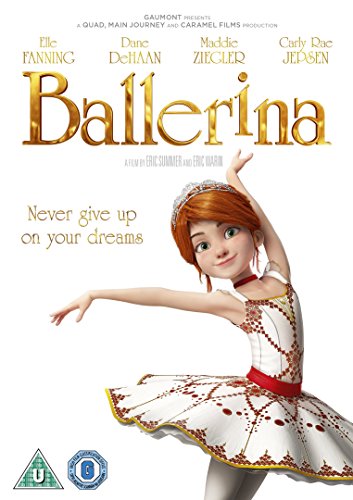Have you read my first post about shooting modes and shutter speed yet? If not, it is worth starting from there and here is the link for you.
Why was I interested in #Nikon School Photography lesson?
- I don’t have patience and time to read number of pages in the Manual. It always feels nicer to hear from someone and apply what we heard than reading the texts. I hope most of you agree.
- Pictures speaks perfect words. And, it is more important to have attractive pictures to draw readers to your site.
- You learn much better and a lot when you are learning with others, tips exchanged and ideas shared makes learning fun and easier definitely much better than reading a manual all by yourself, right?
After enjoying a sharp picture avoiding the blur, you must be interested in blurring the background or edges and just getting the object in focus – and that’s done by “Aperture”
The Aperture defines the depth of focus and is usually defined as an “f number” – “f/value. The larger the value, smaller is the Aperture.
Smaller aperture brings everything in the frame in focus while larger aperture concentrates on just the object in focus and blurs the background.
If I had still a larger aperture, I would have got more blurred leaves and sharper birds
The modern DSLR camera supports large maximum aperture which gives the maximum ability to focus on the object and get sharper pictures and Nikon cameras comes with those cutting edge technology.
ISO – The sensitivity of the Camera to the light and determines the amount of light for a good exposure
Lower the ISO => More light is required => slower the Shutter speed.
You can comfortably use Lower ISO for daylight photographs. When you need faster shutter speed but have low light, go for higher ISO. ISO also helps control the noise (grains) in the photo. Higher the ISO means your pictures might look more grainy. I am still learning this and it is appropriate to talk about it here while I am still learning, so we will discuss this later.
We also talked about preset white balance that you might consider while taking photos in non-white light conditions but still want to have the white domination in your pictures. In Panasonic G10, I remember having few options to select the white balance but the modern cameras including the latest Nikon DSLR allows you to define the white balance by yourself and there are few steps you need to follow to do that. We will take it in the next post.
In Summary, You play around shutter speed, aperture and ISO to get the best pictures. For me, it’s an art and needs a lot of practice. But I do hope to get in there one day (sooner) and I know, a good camera is the key part.
Disclaimer: Thanks to the lovely JoesBloggers for inviting me to the Nikon School workshop with Currys. It was very informative and I stepped out with wealth of knowledge to apply in my daily life. ( I do take a LOT of pictures everyday and what I learnt in the workshop is going to come a long way with me)

